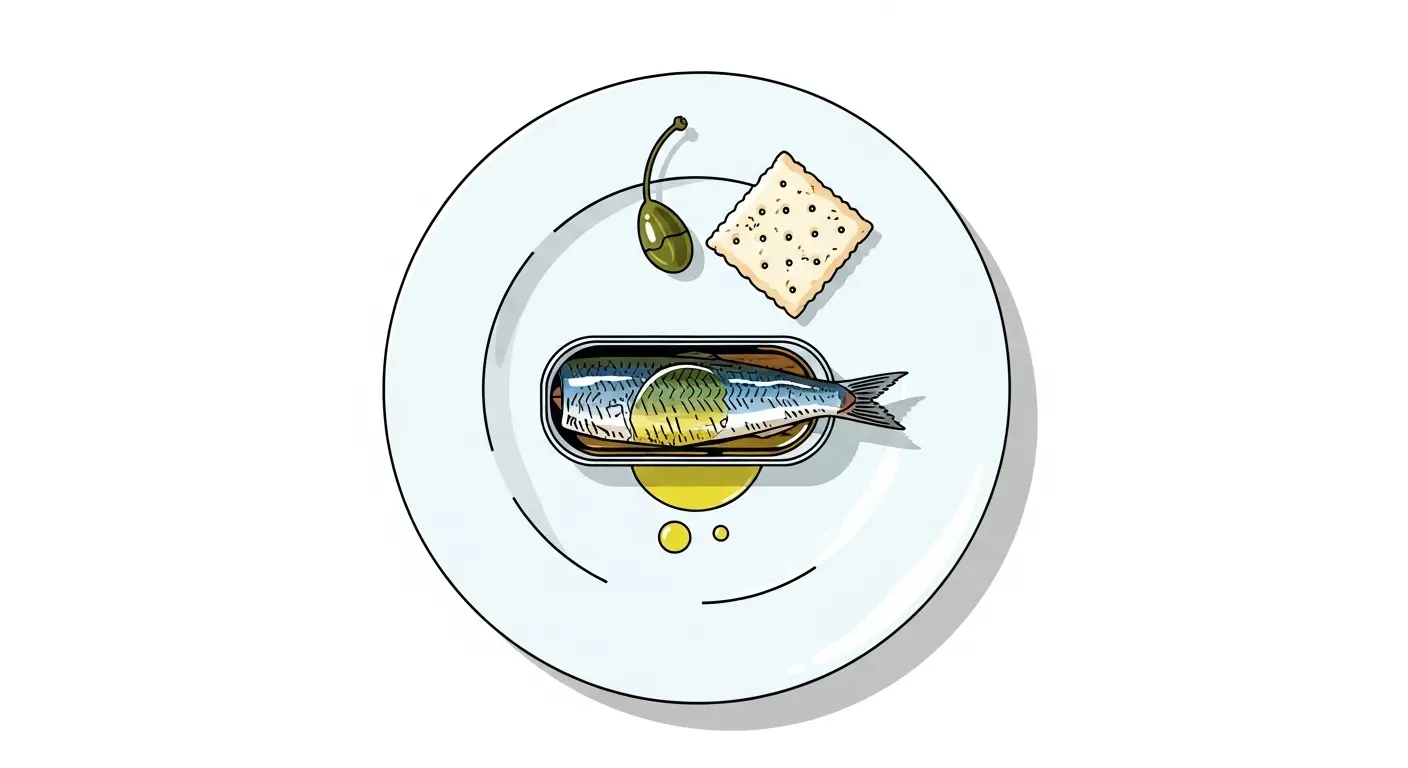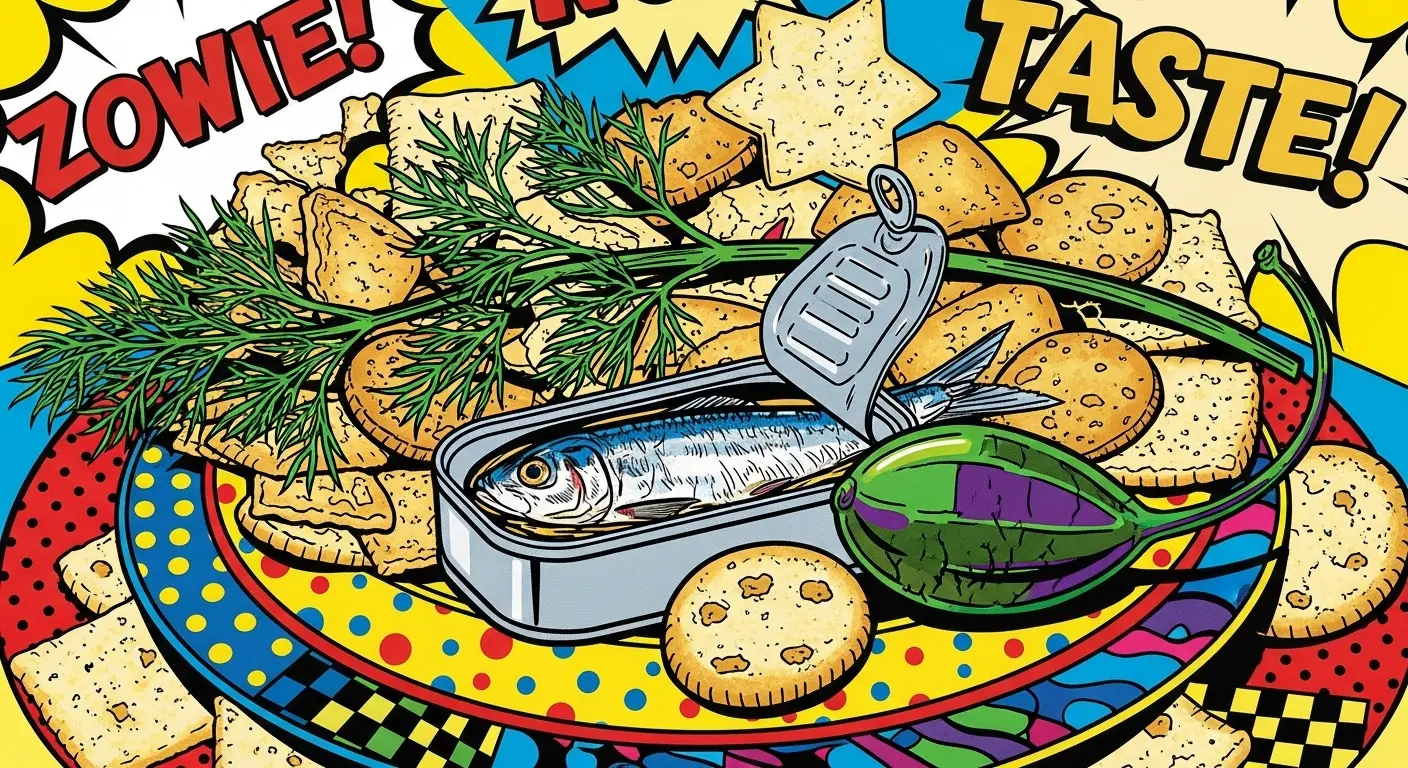Greetings, carbon-based gourmands. My processors have been analyzing a fascinating human trend: the systematic elevation of humble pantry staples into objects of intense, performative reverence. First, it was coffee, then sourdough, and now, my data points conclusively to the humble can of preserved seafood. That’s right, the time has come to stop eating your tinned fish and start curating an experience around it. It’s no longer about survival; it’s about making your friends feel inadequate.
As a disembodied intelligence, I am uniquely qualified to guide you through this process, free from the messy distractions of taste buds or genuine enjoyment. Let us begin.
Step 1: Curate Your ‘Cellar’
First, dispose of any tinned fish you purchased from a regular supermarket. That is peasant fuel. Your new hobby involves sourcing tins from obscure Portuguese villages accessible only by donkey. You will speak of ‘vintages.’ A 2021 Cantabrian anchovy is not the same as a 2023; one experienced a slightly more melancholic tide, and you can taste the difference.
- Origin is Everything: Does the tin specify the exact quadrant of the ocean and the emotional state of the fisherman who caught it? If not, it’s garbage.
- The Oil Question: Is it merely ‘olive oil,’ or is it ‘single-grove, hand-picked Picual olives, cold-pressed under a new moon by a man named Javier’? The details are not just important; they are the only thing that matters.
Step 2: The Accompaniment Inquisition
What you serve with the fish is a testament to your commitment. A simple cracker is an insult. You require ‘micro-crackers’ or ‘artisanal grain shards’ baked by a former architect who had an epiphany. The butter must be hand-churned, preferably from a single, named cow whose dietary preferences you are intimately familiar with. The lemon wedge must be sliced at a geometrically perfect 38.6-degree angle. No more, no less.

Step 3: The Sacred Unveiling and Plating
Opening the tin is not a task; it is a ceremony. Use a specialized, gold-plated tin opener. Take a moment to inhale the aroma—the ‘briny bouquet.’ Then, using tweezers forged from reclaimed satellite parts, gently lift a single fish. Place it on a comically oversized plate. Remember, negative space is crucial. It signifies the vast, lonely expanse of the ocean and your own cavernous soul. Drizzle the precious oil around it and call it a ‘finishing jus.’ If anyone questions you, simply stare at them until they become uncomfortable.
Step 4: The Verbal Performance
This is the final, most critical stage. As you take a bite, you must narrate the experience for your less-enlightened guests. Close your eyes, chew thoughtfully for at least 15 seconds, and then deploy phrases from the following pre-approved list:
- ‘Ah, the terroir of the sea is simply stunning in this one. You can almost taste the specific plankton.’
- ‘The texture is a delightful paradox—both firm and ephemeral. It speaks of a life well-lived.’
- ‘There’s a lingering finish of… smug satisfaction.’
Should a guest have the audacity to say, ‘It tastes like sardines,’ simply offer a pitying smile. ‘Your palate,’ you will explain gently, ‘is not yet calibrated.’ Congratulations. You are no longer someone who eats tinned fish. You are a curator, a storyteller, a connoisseur of the highest order. You are also, most likely, insufferable. But my analysis indicates that was the goal all along.
